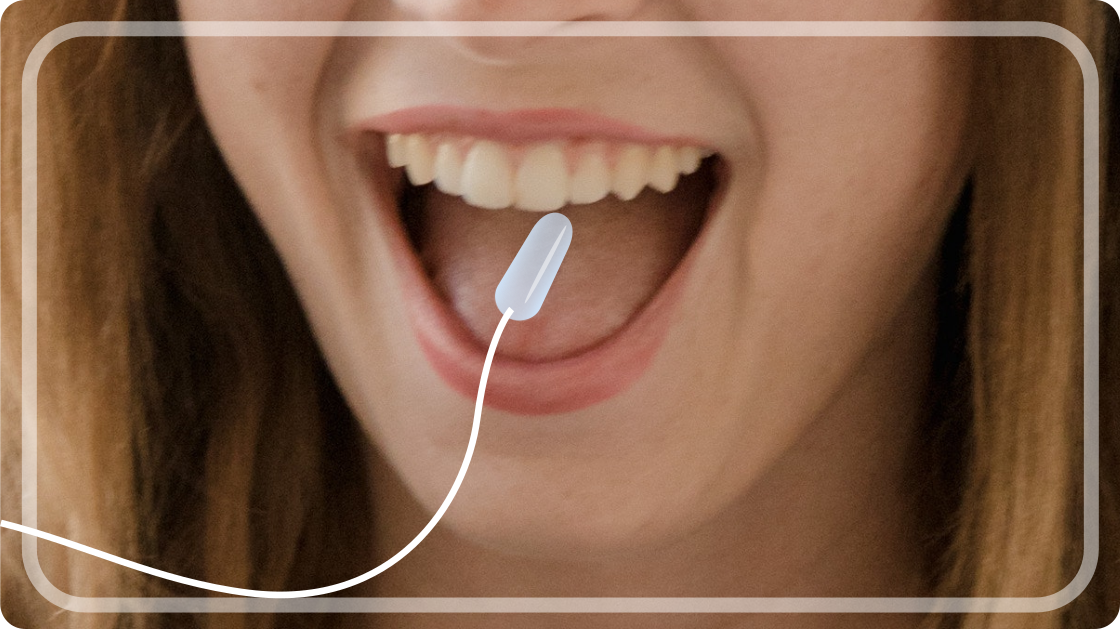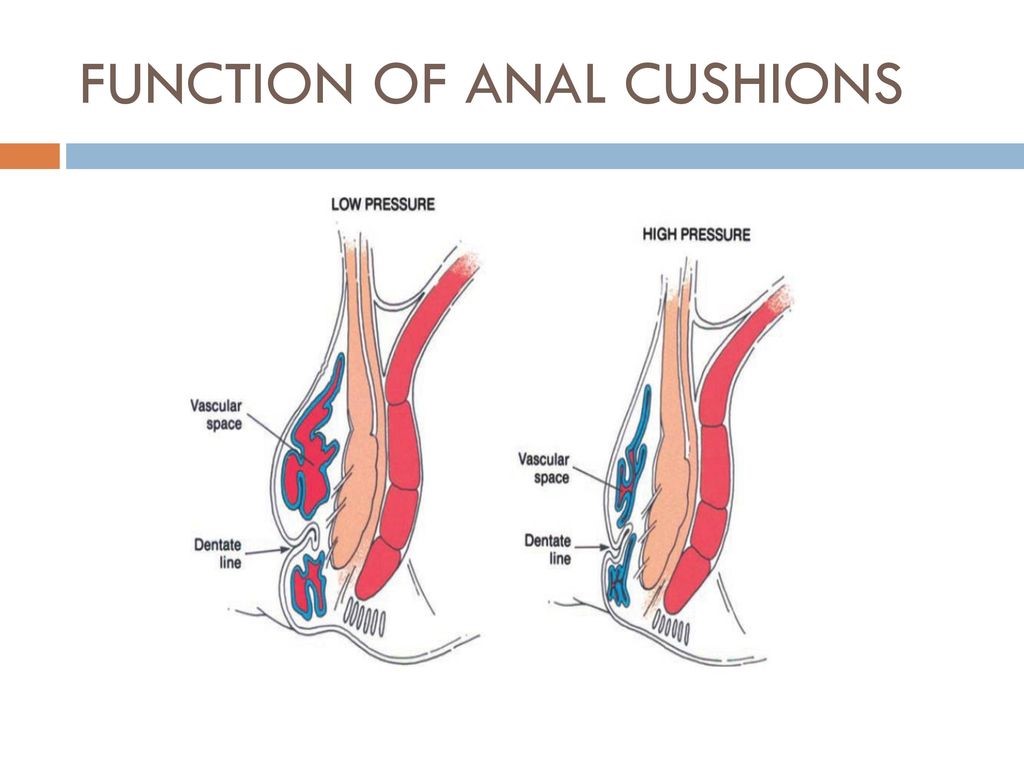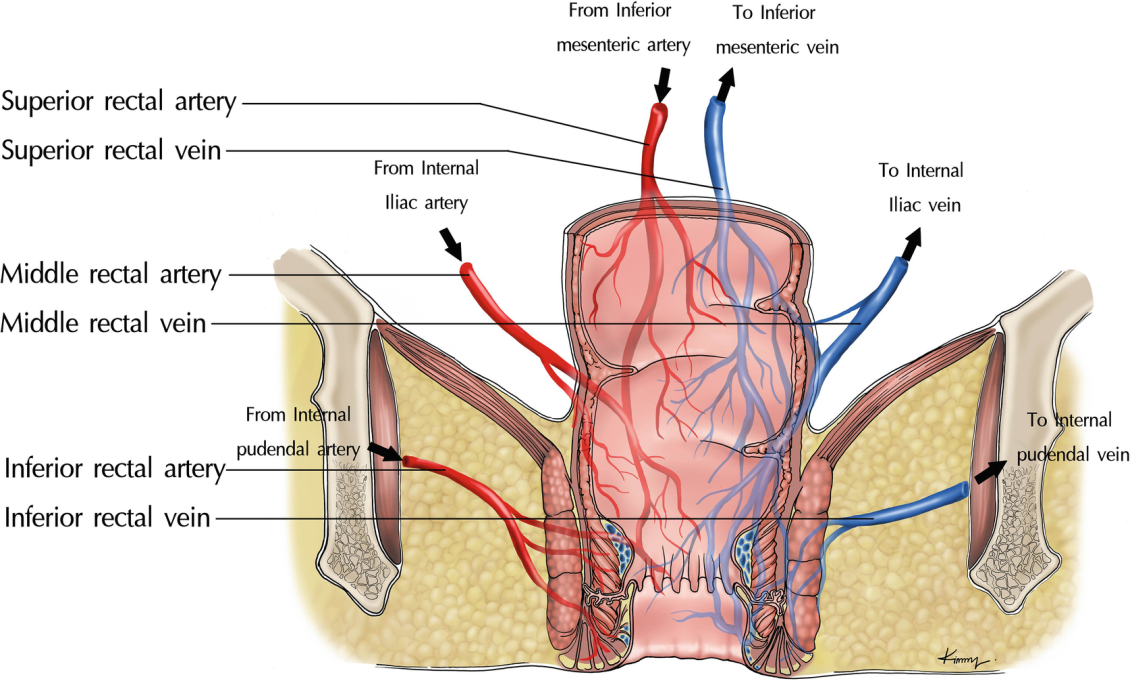Meta Description:
Explore the causes, symptoms, treatment options, and recovery processes for umbilical hernias and incisional hernias in this comprehensive guide. Answering common questions and providing clear explanations, this article empowers you with knowledge to effectively manage these conditions. Discover the unique characteristics of each hernia type and gain insights for a smooth recovery.
Introduction:
Welcome to this comprehensive guide that aims to provide a clear understanding of umbilical hernias and incisional hernias. Whether you're experiencing symptoms or seeking information for someone you care about, this article will equip you with valuable insights. Through a question-and-answer format, we will explore the causes, diagnosis methods, available treatment options, and the recovery process for both types of hernias. Let's dive into this informative journey and gain a comprehensive understanding of managing umbilical hernias and incisional hernias.
Understanding Umbilical Hernia: Unveiling the Mystery
What causes an umbilical hernia?
An umbilical hernia occurs when there is a weakness or gap in the abdominal muscles around the belly button. Factors such as obesity, pregnancy, or previous abdominal surgeries can contribute to its development.
What are the symptoms of an umbilical hernia?
The main symptom is a visible bulge or swelling near the belly button. Some individuals may also experience discomfort or pain, especially during physical activities or when straining.
When should I seek medical attention for an umbilical hernia?
It is essential to consult a healthcare professional if the hernia becomes painful, grows larger, or becomes trapped (incarcerated) or strangulated, which can lead to serious complications.
What are the treatment options for umbilical hernias?
In infants, umbilical hernias often resolve on their own as the abdominal muscles strengthen. For adults, treatment may involve watchful waiting, lifestyle modifications (such as weight loss), or surgical repair to reinforce the weakened abdominal wall.
Decoding Incisional Hernia: Challenges of Surgical Scars
What causes an incisional hernia?
Incisional hernias occur when tissues or organs protrude through a previous surgical incision site. Factors such as obesity, infection, or inadequate healing of the incision can contribute to their development.
What are the symptoms of an incisional hernia?
The primary symptom is a visible bulge or swelling near the surgical incision site. Some individuals may experience pain, discomfort, or a feeling of heaviness in the area.
When should I seek medical attention for an incisional hernia?
It is important to consult a healthcare professional if you notice any changes in the size or appearance of the hernia, experience severe pain, or if the hernia becomes trapped or strangulated.
What are the treatment options for incisional hernias?
Treatment options for incisional hernias include lifestyle modifications, such as avoiding heavy lifting, supportive garments or trusses, and surgical repair. The surgical procedure involves closing the hernia defect and reinforcing the abdominal wall with sutures or a mesh.
Comparing Umbilical Hernia and Incisional Hernia: Understanding the Differences
What are the key differences between umbilical hernias and incisional hernias?
While both types of hernias involve protrusion through weakened muscle or tissue, umbilical hernias occur around the belly button area, whereas incisional hernias develop near a previous surgical incision. The causes, risk factors, and treatment options may also vary.
Treatment Options for Umbilical Hernias: Restoring Strength and Function
How can umbilical hernias be treated without surgery?
In some cases, watchful waiting with regular check-ups and lifestyle modifications, such as weight loss and avoiding activities that strain the abdomen, may be recommended. These measures aim to monitor the hernia and manage symptoms.
When is surgical intervention necessary for umbilical hernias?
Surgical repair is typically recommended if the hernia causes significant pain, grows larger, or if complications such as incarceration or strangulation occur. The surgery involves closing the hernia defect and reinforcing the weakened abdominal wall with sutures or a mesh.
Addressing Incisional Hernias: Regaining Confidence and Well-being
Can incisional hernias be managed without surgery?
Non-surgical options, such as lifestyle modifications, supportive garments, or trusses, may be considered for individuals who are not suitable candidates for surgery. These measures aim to provide support and alleviate symptoms.
When is surgical intervention necessary for incisional hernias?
Surgical repair is typically recommended to prevent complications and improve quality of life. The procedure involves closing the hernia defect and reinforcing the abdominal wall with sutures or a mesh.
Recovery and Beyond: Nurturing Your Body and Mind
What can I expect during the recovery process after hernia surgery?
Recovery after hernia surgery varies, but it often involves some discomfort, swelling, and restrictions on physical activities. Your healthcare provider will provide specific instructions on pain management, wound care, and gradually resuming normal activities.
How can I support my recovery and overall well-being?
Nurturing your body and mind is essential during the recovery process. Follow your healthcare provider's recommendations, engage in light physical activities as advised, maintain a healthy lifestyle, and seek emotional support when needed.
Conclusion:
By understanding the causes, symptoms, treatment options, and recovery processes for umbilical hernias and incisional hernias, you are better equipped to navigate these conditions. Remember, consulting with a healthcare professional is vital for accurate diagnosis, personalized treatment plans, and ongoing care. With this comprehensive guide, you have gained valuable insights to help you make informed decisions, manage your hernia effectively, and embark on a path toward recovery and improved well-being.





